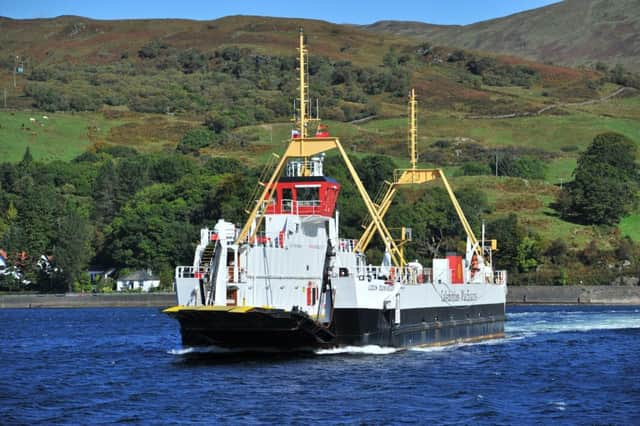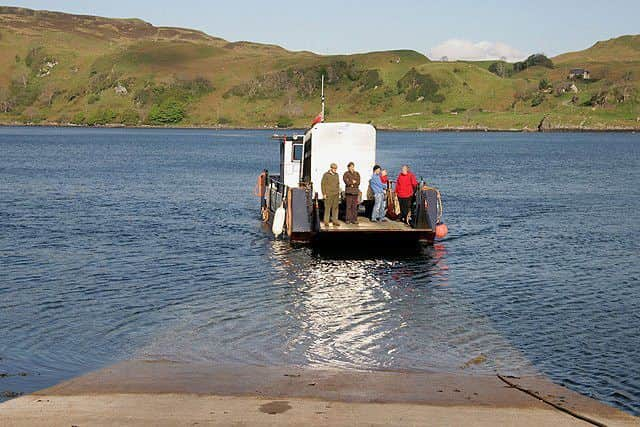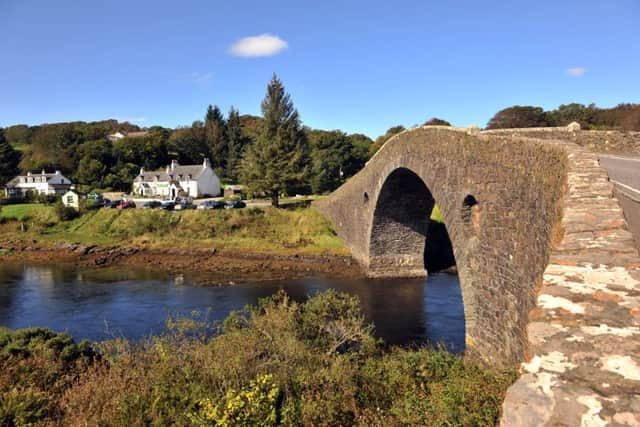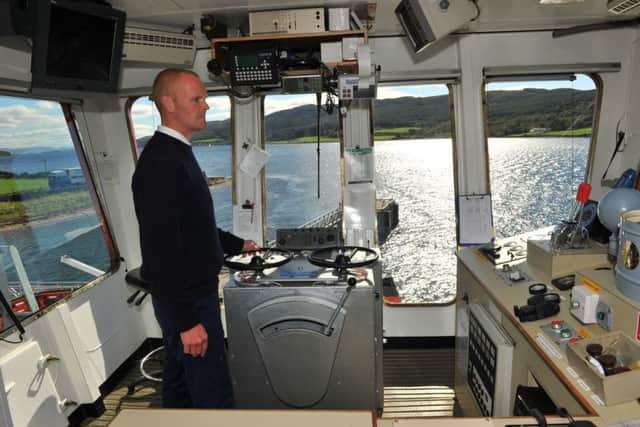The shortest ferry crossings in Scotland


The familiar black, white and red livery of Caledonian MacBrayne has been a reassuring sight to generations of islanders. CalMac, which remains in public ownership, operates 33 ferries on 49 routes, linking 22 major islands along the west coast.
But many other routes are operated by small private firms or the local authority, with the aim of encouraging tourism as much as providing an economic lifeline.
Advertisement
Hide AdAdvertisement
Hide AdOne of Scotland’s shortest ferry services, which links the small Argyll island of Kerrera to the mainland south of Oban, came under CalMac’s operation last month.


The previous service was operated for 22 years by Kerrera Ferry Ltd, run by local Duncan MacEachen, who, along with three crew mates, are now become CalMac employees.
”Ferry services up and down the west coast of Scotland provide a memorable experience for travellers, with something to suit everyone’s itinerary, whether it’s a short hop or a longer sail,” a CalMac spokesman told The Scotsman.
The route from the island to Gallanach in Argyll is just 500m and the crossing takes a matter of minutes. It’s a far cry from Scotland’s longest ferry crossing, the Serco-operated Aberdeen-Lerwick service, which takes 12 hours 30 minutes. Yet even Kerrera can’t claim to be the shortest route in regular operation.
That title was formerly claimed by the humble rowing boat that linked Cramond village with the Dalmeny Estate in Edinburgh, a service which was ended by the 2001 foot-and-mouth disease outbreak and has never reopened.


Plans for a replacement chain-link ferry across the River Almond in 2012 never came to fruition, meaning cyclists and walkers using the scenic path along the southern shore of the Forth are forced to make a three-mile inland detour to cross at Cramond Brig.
Fans of short ferry crossings must thus look to the west coast.
Seil - Luing (Distance: 280 metres)
This ferry crosses the Cuan Sound to connect Seil with Luing, two of the Slate Islands which lie immediately off the coast of Argyll. Seil has been connected to the mainland via the Clachan Bridge since the 18th century, allowing visitors easy access from nearby Oban. The onward journey across to Luing, which has a population of around 195, is a short maritime excursion in comparison.


Colintraive - Rhubodach (410m)
Advertisement
Hide AdAdvertisement
Hide AdThe principal crossing to the Isle of Bute, from Wemyss Bay to Rothesay, was once the most popular ferry crossing on the west coast and beloved by generations of Scottish holidaymakers. The other vehicle ferry to Bute is rather less-known and offers a considerably shorter journey, running from Colintraive on the Cowall peninsular to Rhubodach on the north of the island. The distance is so short that it has been suggested in the past that a bridge should be built - but the area’s relative remoteness makes such a project unlikely.
Gallanach - Kerrera (500m)
Following its takeover last month, CalMac has ordered a new vessel for the route, which is currently under construction in Shetland. In 2016, £1.7m was spent on improving the ferry berthing facilities to improve the resilience of the ferry service in poor weather and remove the previous restrictions on freight and deliveries caused by low tides.


Feolin - Port Askaig (500m)
The port village of Askaig on the east coast of Islay, the southernmost island of the Inner Hebrides, offers ferry services to Colonsay and Kennacraig - but they are almost exotic cruises compared to the short hop across to Feolin slipway on the west coast of neighbouring Jura.
Glenelg - Kylerhea (555m)
It is still possible to sail over the sea to Skye, despite the opening of the controversial road bridge in 1995. From Easter to October, the small Glenelg to Kylerhea vehicle ferry crosses the shortest gap between Skye and the mainland across the Kyle Rhea. A regular crossing was established here by the mid-18th century and was mentioned in James Boswell’s famous The Journal of a Tour to the Hebrides, published in 1785. To reach Kylerhea, drivers must follow a winding 10 mile road that leaves the main A87 at Shiel Bridge.